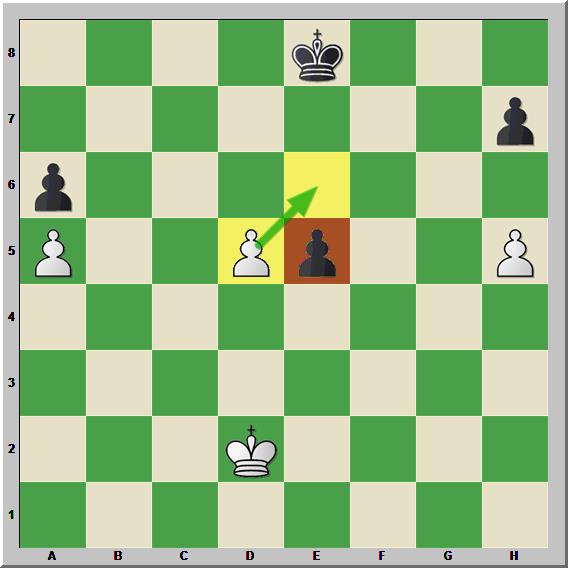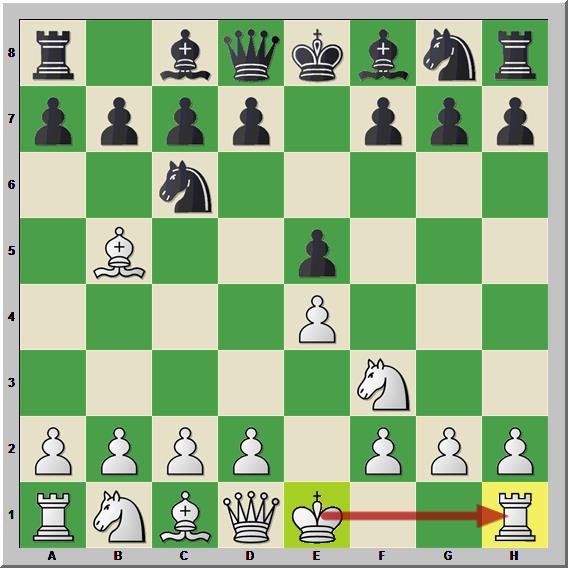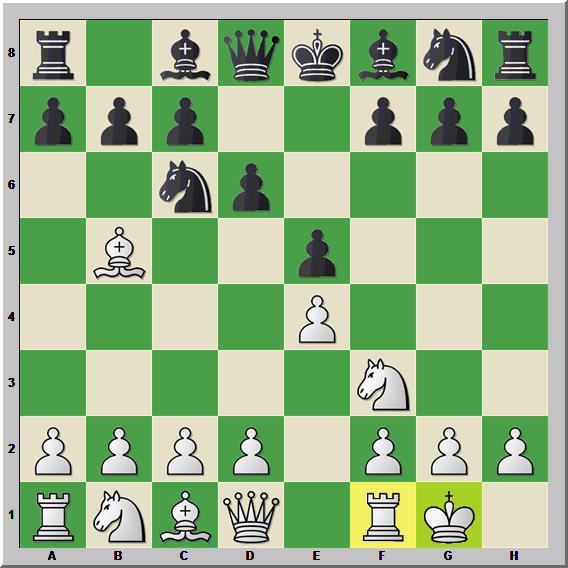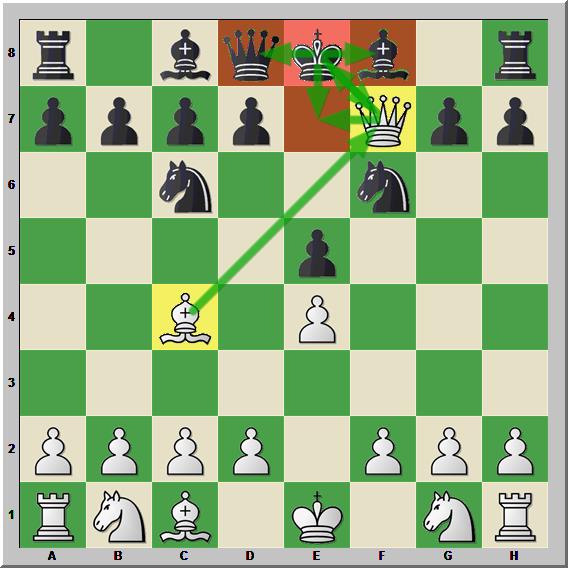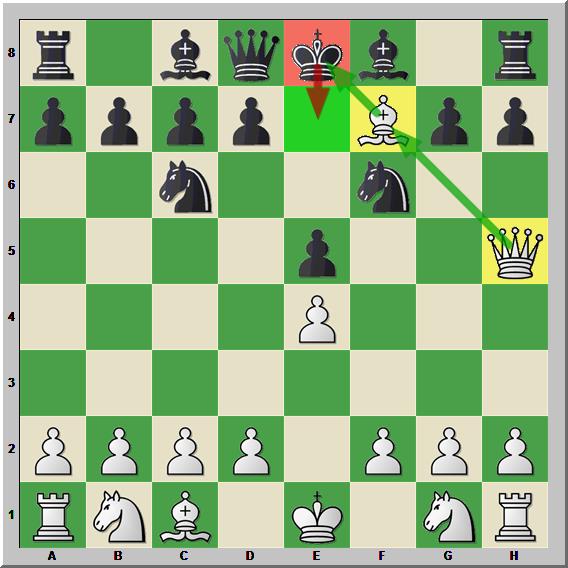Learn to Play Chess!
It's never too late to learn chess - the most popular game in the world! If you are newcomer to the game or even want to learn all of the rules and strategies, here's your chance! This is one of the best games that not only teach you about different type of strategies, but also, Chess has proven to significantly improve - Memory, Problem Solving Skills, Critical Thinking, Concentration & More!
Looking to start Chess Classes in Bangalore? Click here to enroll in our academy or click here for online classes:
History of Chess:
The origins of chess are not exactly clear, though most believe it evolved from different variants of chess- played in India almost two thousand years ago. The game of chess we know today has been around since the 15th century where it became popular in Europe. The rules of chess were completely different back then.
The Goal of Chess
Chess is a game played between two opponents on opposite sides of a board containing 64 squares of alternating colors. Each player has 16 pieces: 1 king, 1 queen, 2 rooks, 2 bishops, 2 knights, and 8 pawns. The goal of the game is to checkmate the other king. Checkmate happens when the king is in a position to be captured (in check) and cannot escape from capture. In chess, you never really capture the king. The game ends once the enemy king has no safe squares to go to when under attack.
Starting a Game:
In the beginning, the chessboard is laid out so that each player has the white color square in the bottom right-hand side. The chess pieces are then arranged in a particular fashion. The second row (or rank) are where the pawns go. The rooks go in the corners, the knights go beside them, followed by the bishops, and finally the queen, who always goes on her own matching color (white queen on white, black queen on black), and the king on the remaining square. (Refer to the diagram above)
The player with the white pieces always moves first. Does this mean that white has an advantage because he goes first? Not necessarily, though White does get to choose the 'Opening' of the game. Players must decide at the start between who is white and black.
How the Pieces Move:
Each of the 6 different kinds of pieces moves differently. Pieces cannot move through other pieces (though the knight can jump over other pieces), and can never move onto a square with one of their own pieces. However, they can be moved to take the place of an opponent's piece which is then captured. Pieces are generally moved into positions where they can capture other pieces (by landing on their square and then replacing them), defend their own pieces in case of capture, or control important squares in the game. Click on Each one of the Pieces below to understand better on how they move around the board & capture.
The King
The Bishop
The Queen
The Knight
The Rook
The Pawn
Promotion:
Pawns have another special ability and that is that if a pawn reaches the other side of the board it can become any other chess piece (called promotion). A pawn may be promoted to any piece. [NOTE: A common misconception is that pawns may only be exchanged for a piece that has been captured. That is NOT true.] A pawn is usually promoted to a queen. Only pawns may be promoted.
For White, one of his pawns must reach the 8th Rank on the chessboard in order to promote to a stronger piece. For Black, one of his pawns would need to reach the 1st Rank in order to promote to a stronger piece.
En Passant:
This is a special pawn capture rulecalled “en passant,” which is French for “in passing”. If a pawn moves two squares on its first move, and by doing so lands to the side of an opponent’s pawn, the enemy pawn has the option of capturing this pawn on the very next move. This special move must be done immediately after the first pawn has moved past, otherwise the option to capture it is no longer available.
Castling:
One other special rule is called castling. This move allows you to do two important things all in one move: get your king to safety (hopefully), and get your rook out of the corner and into the game. On a player’s turn he may move his king two squares over to one side and then move the rook from that side’s corner to right next to the king on the opposite side. (See the example below.) However, in order to castle, the following conditions must be met: Notice that when you castle one direction the king is closer to the side of the board. That is called castling kingside. Castling to the other side, through where the queen sat, is called castling queenside. Regardless of which side, the king always moves only two squares when castling.
- It must be that King’s first move
- It must be that Rook’s first move
- There cannot be any pieces between the king and rook to move
- The king may not be in check or pass through check
Check & Checkmate:
As stated before, the purpose of the game is to checkmate the opponent’s king. This happens when the king is put into check and cannot get out of check. There are only three ways a king can get out of check: move out of the way (though he cannot castle!), block the check with another piece, or capture the piece threatening the king. If a king cannot escape checkmate then the game is over. Customarily the king is not captured or removed from the board, the game is simply declared over.
The Black King is in checkmate as the Queen
is attacking and is supported by the Bishop behind. The king can't escape to any safe square.
The Black King is not in Checkmate as he can move out of check by escaping to the square - e7. There is no piece of white guarding that square.
Draws:
Occasionally chess games do not end with a winner, but with a draw. There are 5 reasons why a chess game may end in a draw:
- The position reaches a stalemate where it is one player’s turn to move, but his king is NOT in check and yet he does not have another legal move
- The players may simply agree to a draw and stop playing
- There are not enough pieces on the board to force a checkmate (example: a king and a bishop vs.a king)
- A player declares a draw if the same exact position is repeated three times (though not necessarily three times in a row)
- Fifty consecutive moves have been played where neither player has moved a pawn or captured a piece
Tournament Rules:
Many tournaments follow a set of common, similar rules. These rules do not necessarily apply to play at home or online
Touch-move:
If a player touches one of their own pieces they must move that piece as long as it is a legal move. If a player touches an opponent’s piece, they must capture that piece. A player who wishes to touch a piece only to adjust it on the board must first announce the intention, usually by saying “adjust”.
Introduction to Clocks and Timers:
Most tournaments use timers to regulate the time spent on each game, not on each move. Each player gets the same amount of time to use for their entire game and can decide how to spend that time. Once a player makes a move they then touch a button or hit a lever to start the opponent’s clock. If a player runs out of time and the opponent calls the time, then the player who ran out of time loses the game (unless the opponent does not have enough pieces to checkmate, in which case it is a draw).











